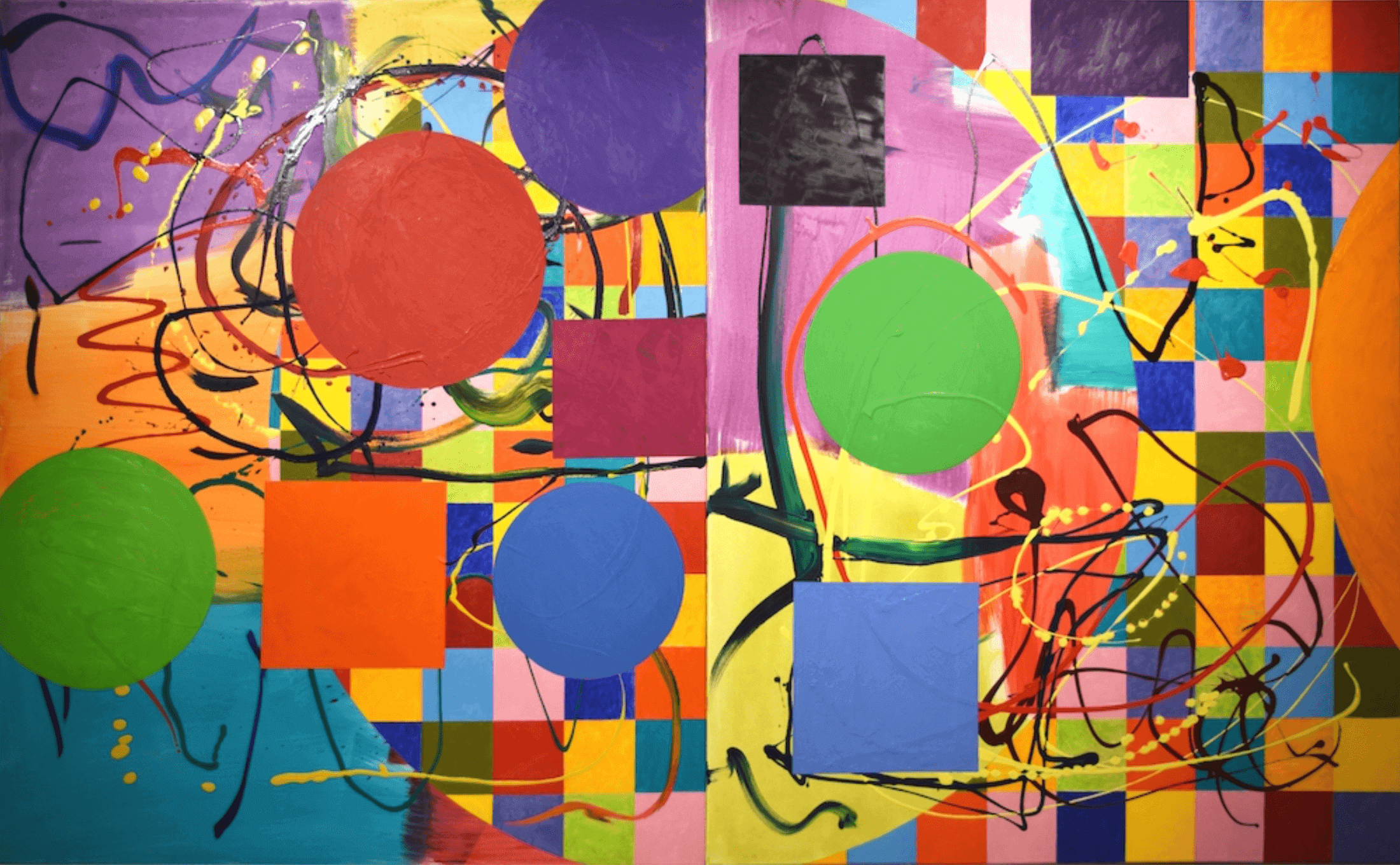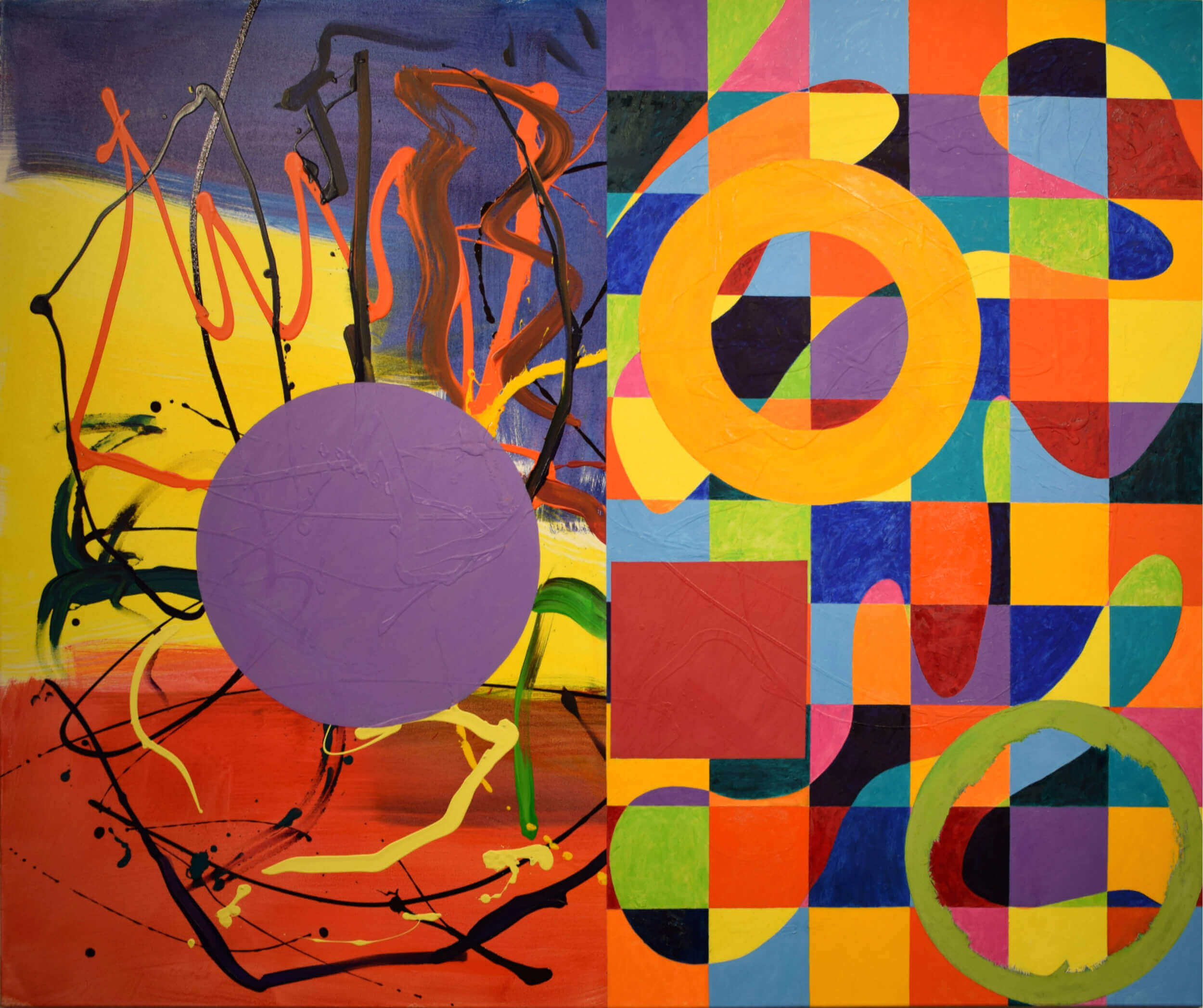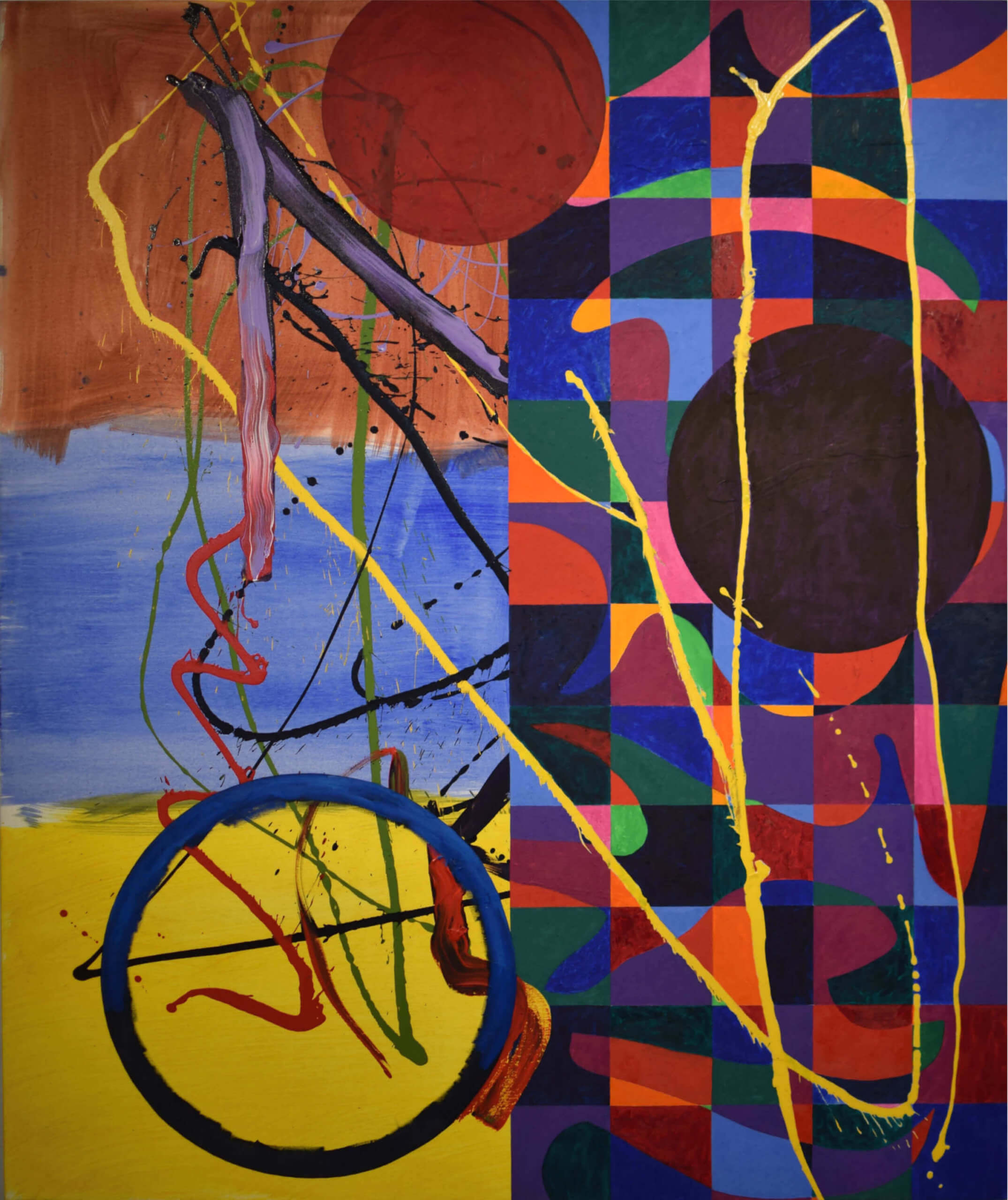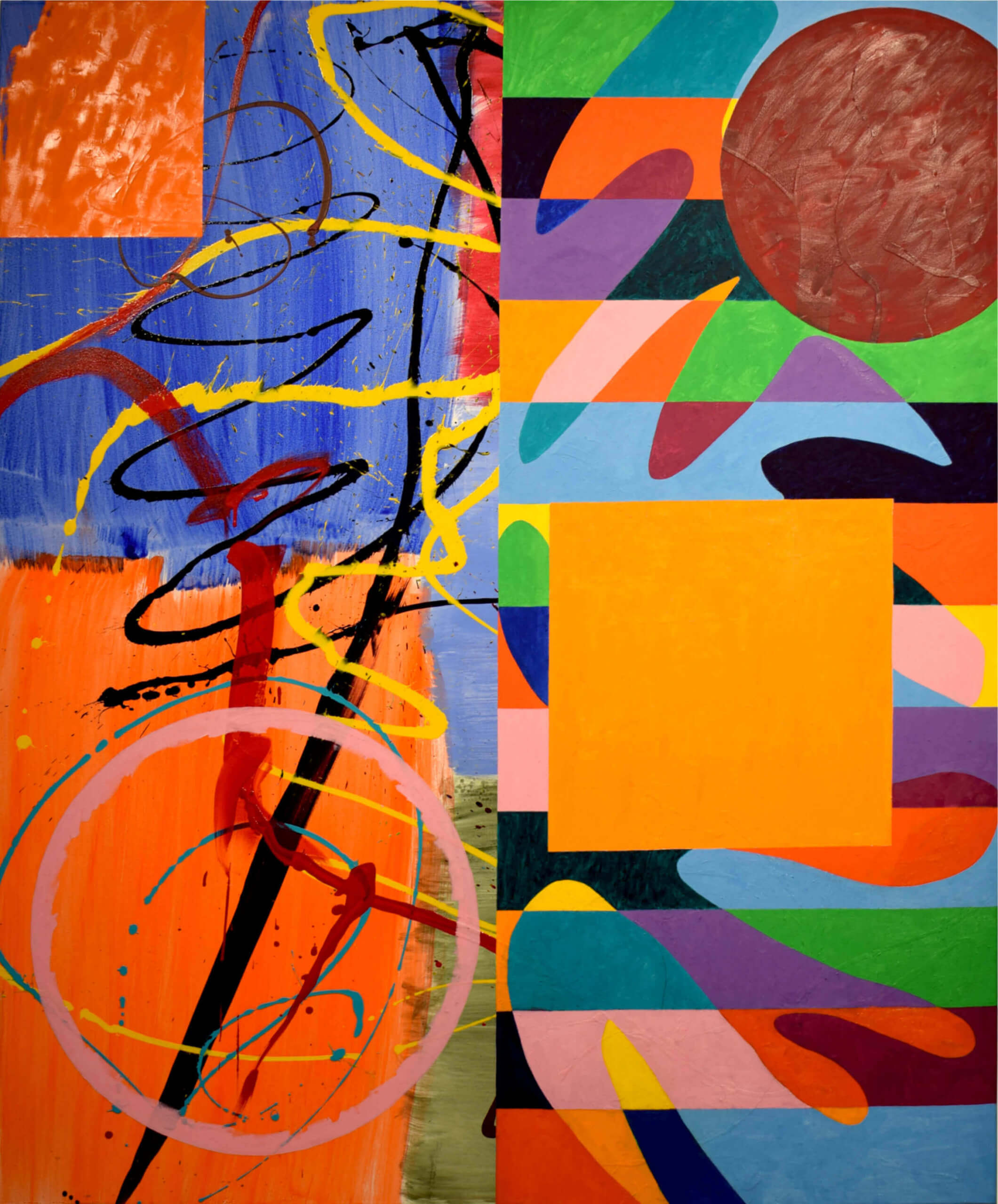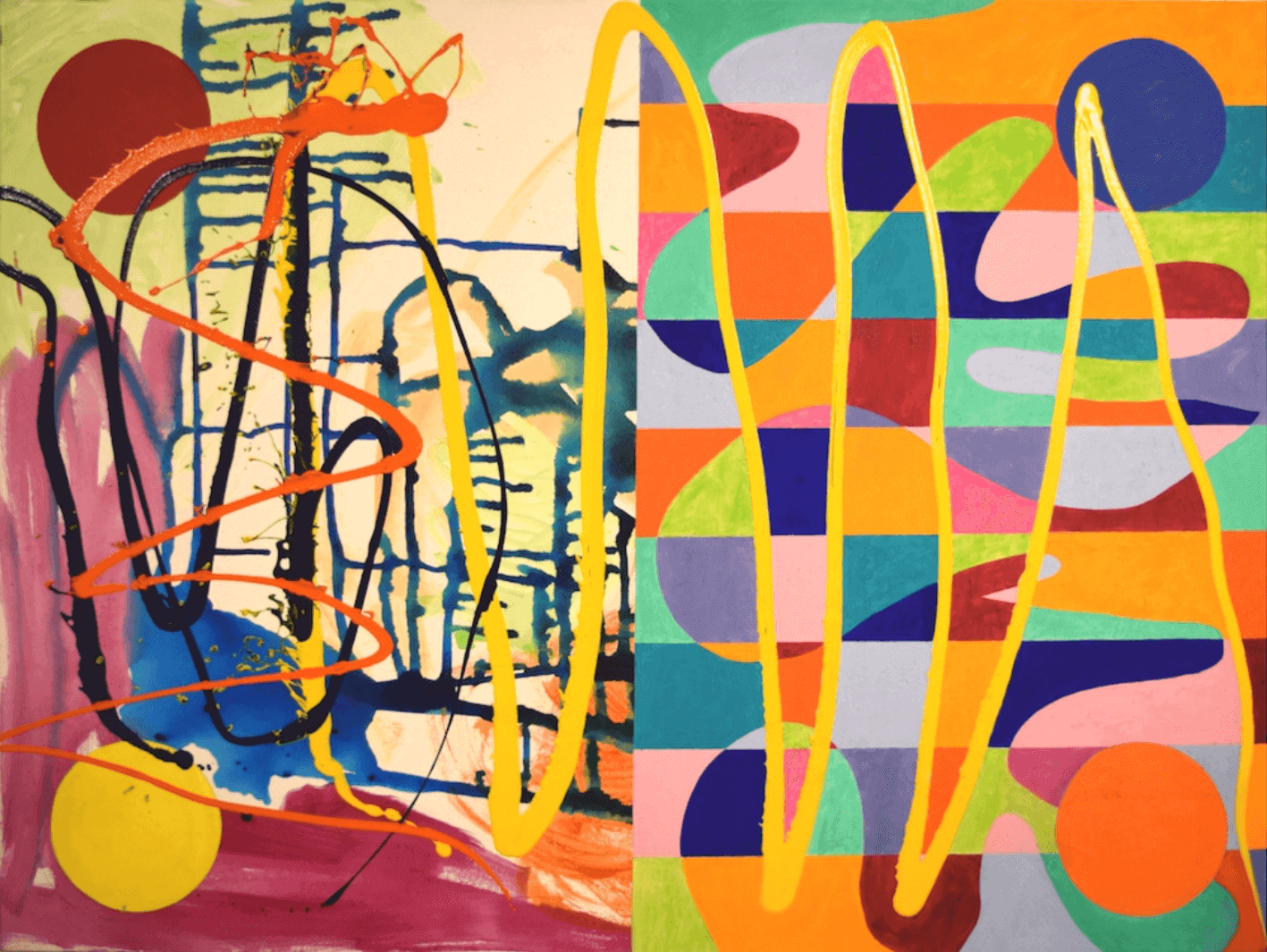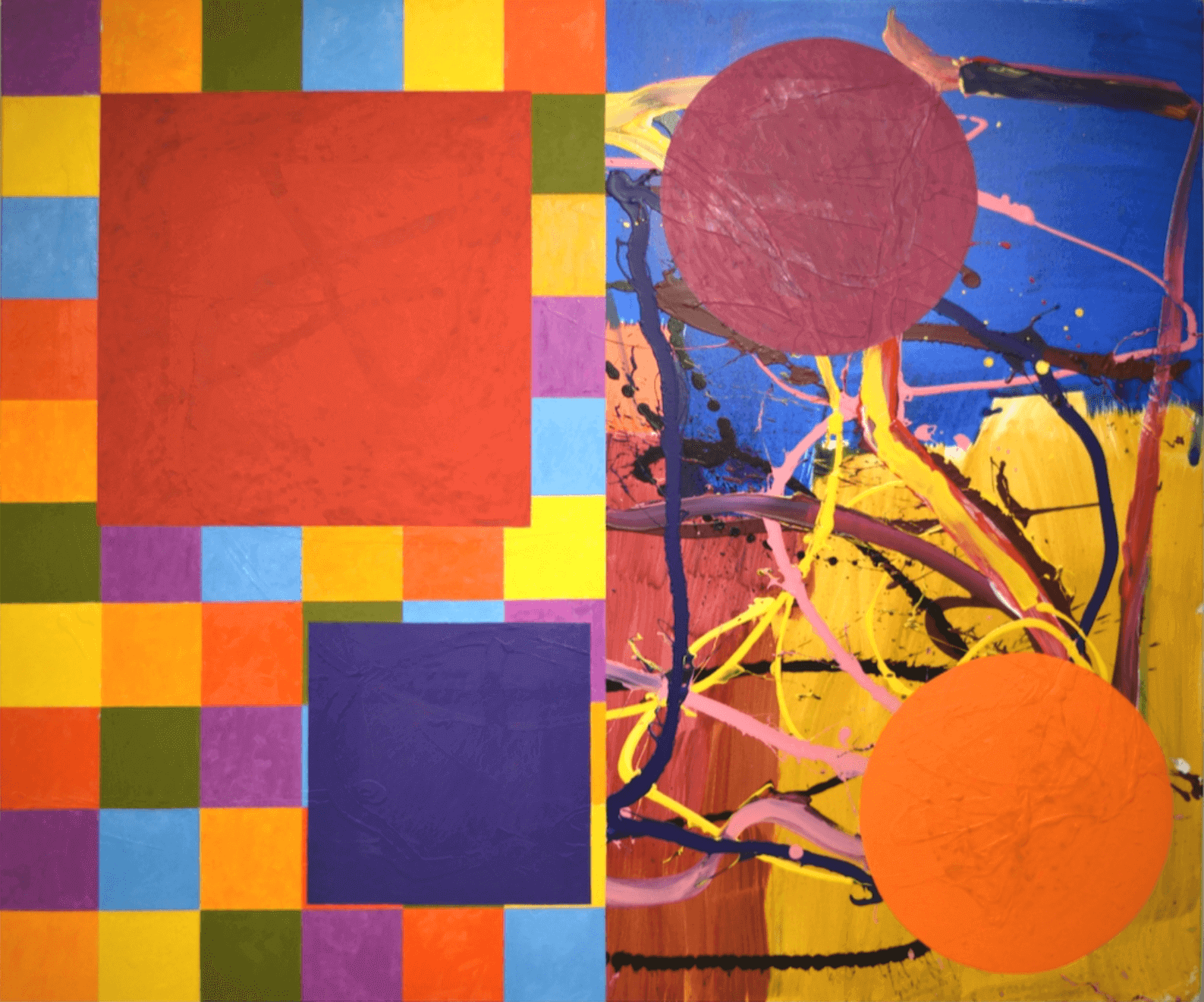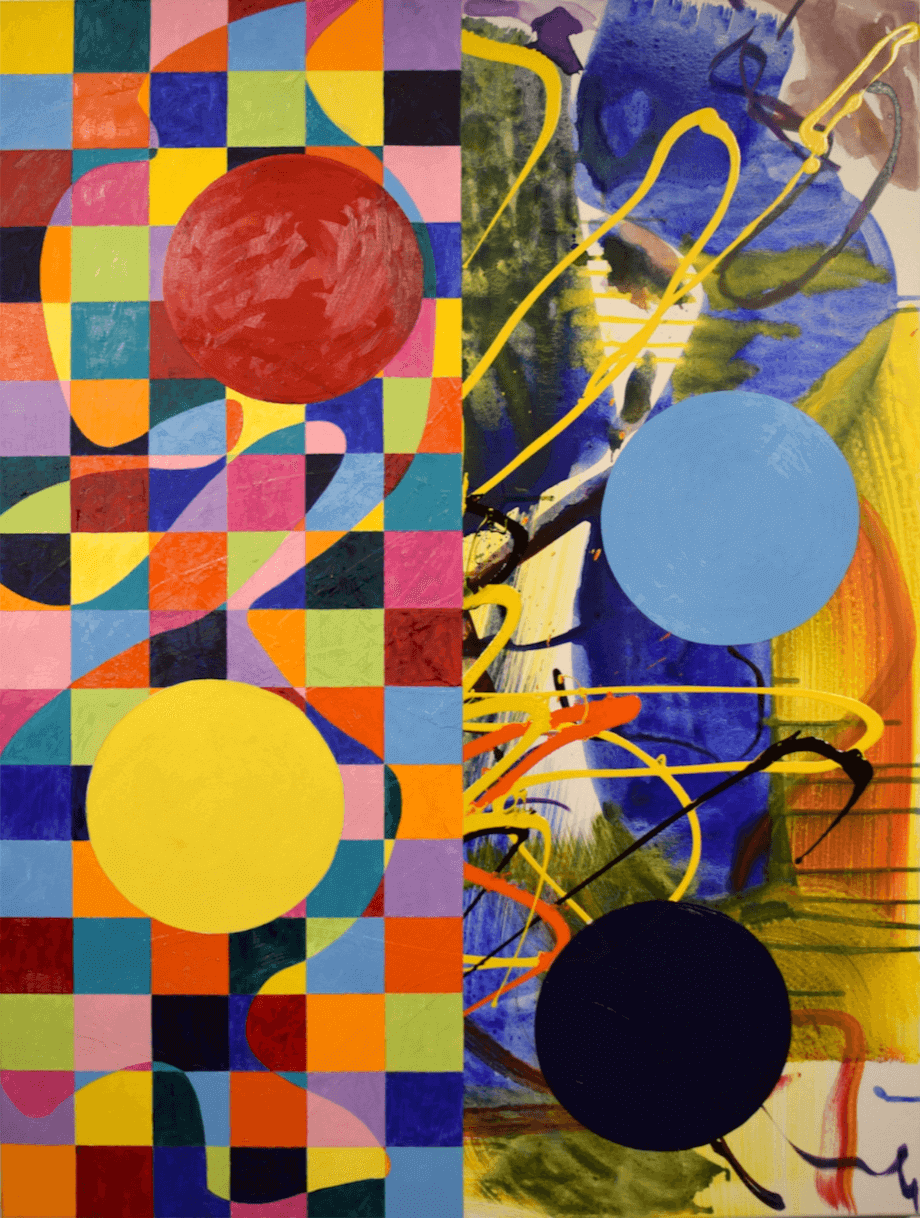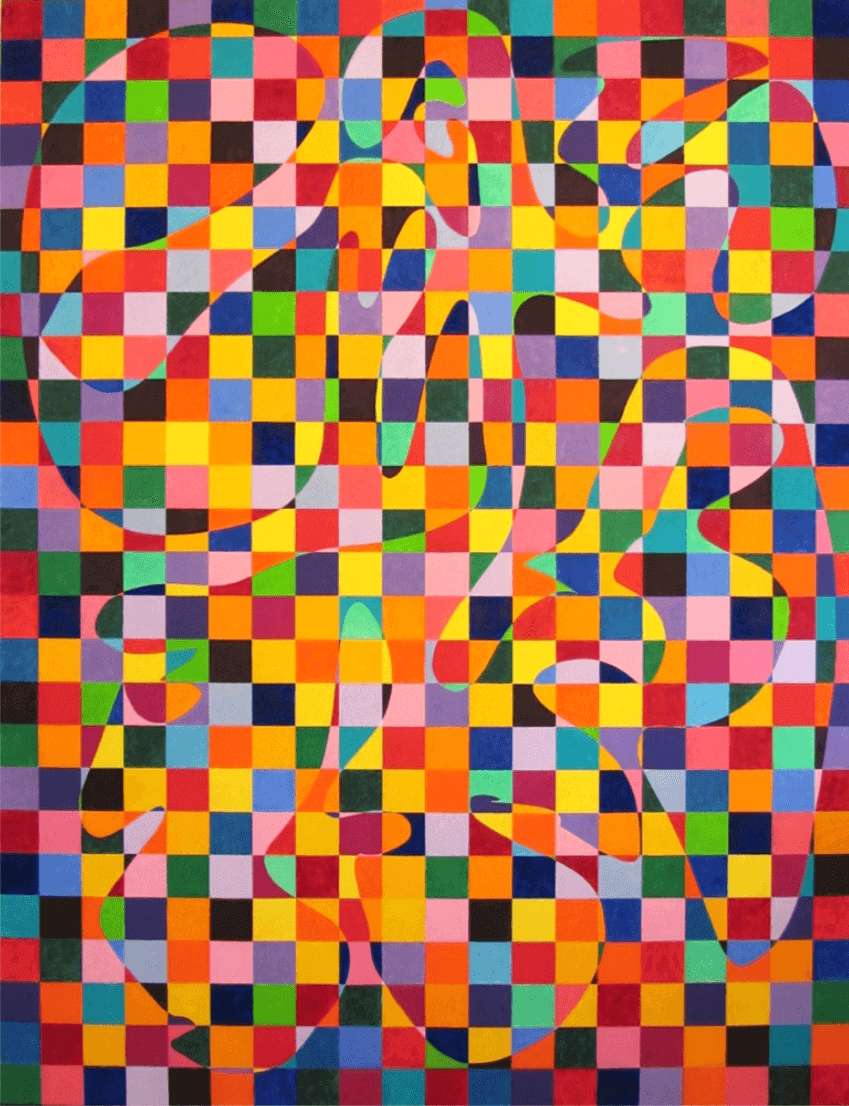Dana Gordon: New Painting 2015-17
Sideshow Gallery, Brooklyn, New York
May 4 – June 4, 2017
One of the great challenges for good painters is to make bad pictures. When an artist shared this observation with me, it sounded so wrong, I realized it must be right. Most of us, of course, are simply bad painters. The great challenge for us would be to paint well, if we even paint at all. Even if we know, or think we know, what a painting should look like, we have little ability to summon up the elusive processes and talents to get there.
For good painters, the challenge is not so much how to reach some visual destination, but rather how not to reach it too quickly—or too easily. For good painters, facility can become facile. The shortcuts of the brush can miss the joys of the journey and the discoveries along the way.
Good painters therefore look for ways at redirection. They will put up roadblocks, obstruct their path, make formulas to complicate their progress. And, perhaps most importantly, once they find they can paint in a certain mode too well, they will simply stop doing it—realizing that pictorial success, overly pursued, will ultimately lead to failure.
Dana Gordon is just such an artist who matches painterly intuition with a philosophical awareness of the great history of art in which he takes part. I can think of few painters who are able to write effectively on the legacy of Camille Pissarro, as Dana has done—or have a history in creating avant-garde film, and sculpture. Dana is one of those creative originals.
Recently many of us saw Dana reach a compositional apex in his work. Developing his process over several years, in such work as “Endless Painting 2” (2013-14) and “Some Talmud” (2013) he found a remarkable way to balance free-form drawing with a certain gridded architecture. His Orphic designs were increasingly colorful and dazzling, and he acknowledges that he could have maintained this mode for some time to come. But even as these paintings were approaching a stunning resolution—or perhaps because of it— Dana realized he hadn’t so much hit a dead end, but he was, indeed, at the end of a particular journey. He had become too good at painting in this way.
So what does this intuitive painter do? The answer is to go back in and clear the table. Dana whites out his forms, as we can see in the unfinished state of “Light Years.” He puts up new obstructions—and sees how he can make his way out, painting his way back into the light.
Like most of us, I naturally turn to the path of least resistance. So as I watched this new body of work emerge, my frst reaction was, Wow. Here’s something different. But why change? Over time, I realized the answer was in the question: change is why.
Dana has long been boiling down and reducing his homemade stock of shapes and colors. His process has been focused and determined, with a confidence in what comes next and a sense that things are going according to plan, even if he might not know how it would end up or just where it would all lead.
At some point along the way to this latest work, Dana got the idea of dividing his compositions in half. This was the new challenge—that net in the middle of the court. Split down the center, the question was then how to bring the two sides back together. Dana’s earlier work was built around similar tensions, with a grid overlaying a free-form design, such as in his “Untitled” painting of 2009. Through further reduction—the minimizing process that has long defined abstraction—he brought his checkerboard layout down to two equal parts.
Then Dana looked to connect the two sides through an interweaving of primal shapes and calligraphic lines. Or rather, he turned back to these shapes and lines—serious squares and circles paired with squirts of ketchup and mustard. I realized I’d seen this approach before. About fifteen years ago, my late colleague Hilton Kramer took me on a studio visit to see one of his favorite unsung painters. Hilton was a champion of Dana’s work. He wanted us to meet. I especially remember the triangles Dana was painting back then, with hard edges balanced against wild lines.

So the shapes and squiggles we now see are not only the snaps and thread holding his compositions together. They are also agents binding a present with a past. That’s ultimately what I’ve found so appealing in the many complexities and contradictions of this latest work. In his return to primal shapes, to spattered calligraphy, and even to the grid, which he has painted back into these paintings even after his foreground shapes have gone down, the divide Dana is uniting is not just left and right—but then and now. In their self-quoting, these paintings are reflective, and self-reflective, of Dana Gordon’s lifetime in art. Of course, all of us are made up of our former selves. In these challenging paintings, lacking any easy resolutions, Dana has pulled his many pasts together and started over again from the present.
—James Panero
http://jamespanero.com/
